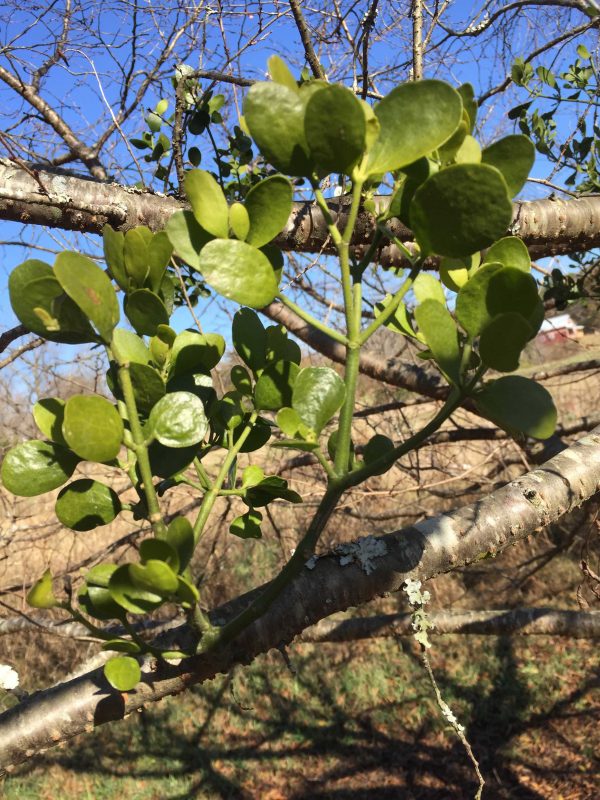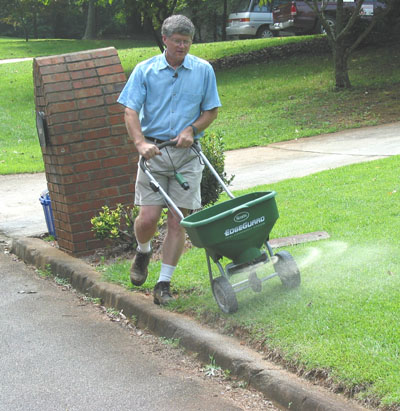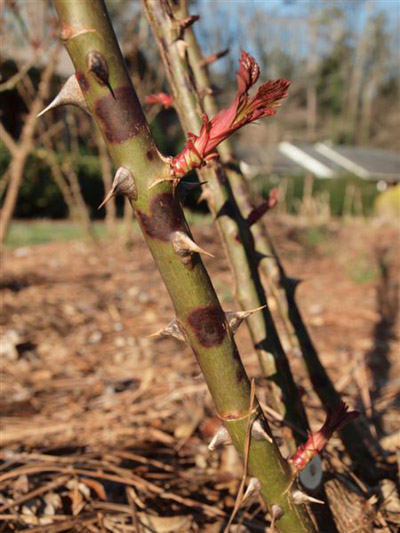How To Get Rid of Stumps

Mother Nature has been cooking stumps for millions of years. Given moisture and warmth, insects and fungi consume the tissue of the stump, converting it to soil humus. All you need to do is to accelerate the natural process of decomposition.
THE RECIPE First, use a drill to bore holes as deeply as possible into the stump. A circular saw or even a hatchet can be used to cut and rough up the exterior. Next, sprinkle a good layer of “woods dirt” over the stump. (“Woods dirt” is just the top layer of soil on the ground beneath your trees.) Try to pack it into any holes in the stump. Sprinkle a cup of 10-10-10 fertilizer over the stump as well. Finish by lightly misting the area – to make a “frosting” of brown soil on the stump.
HEAT UNTIL DONE To warm the stump, cover it with clear polyethylene plastic, anchored to the ground with rocks and limbs. The plastic will trap solar heat underneath and make the stump a cozy home for the organisms that will feed on it. Admittedly, the plastic is not very attractive. The look can be softened by laying a few bare branches over the mound and planting fast growing vines around the edges. Morning glory or purple hyacinth bean vines will result in a riot of blooms and color until fall. English ivy makes a more evergreen covering. The stump will be well on its way out in a year.
CHEMICALS NO HELP Hardware stores sell products that promise to decompose roots rapidly by chemical action. The chemical is poured into holes drilled into your stump and allowed to soak into the wood.Typically the instructions recommend that after six months you pour kerosene on the stump and light it – burning away the wood. While this process might destroy the stump marginally faster, outdoor burning is usually illegal in most urban areas.












